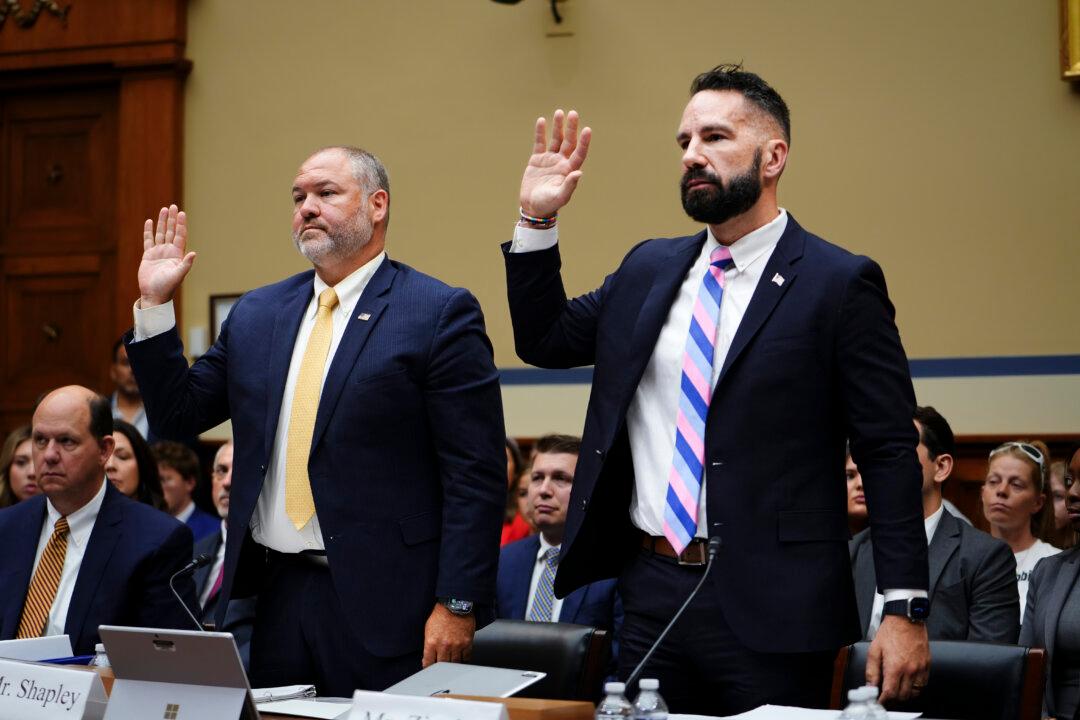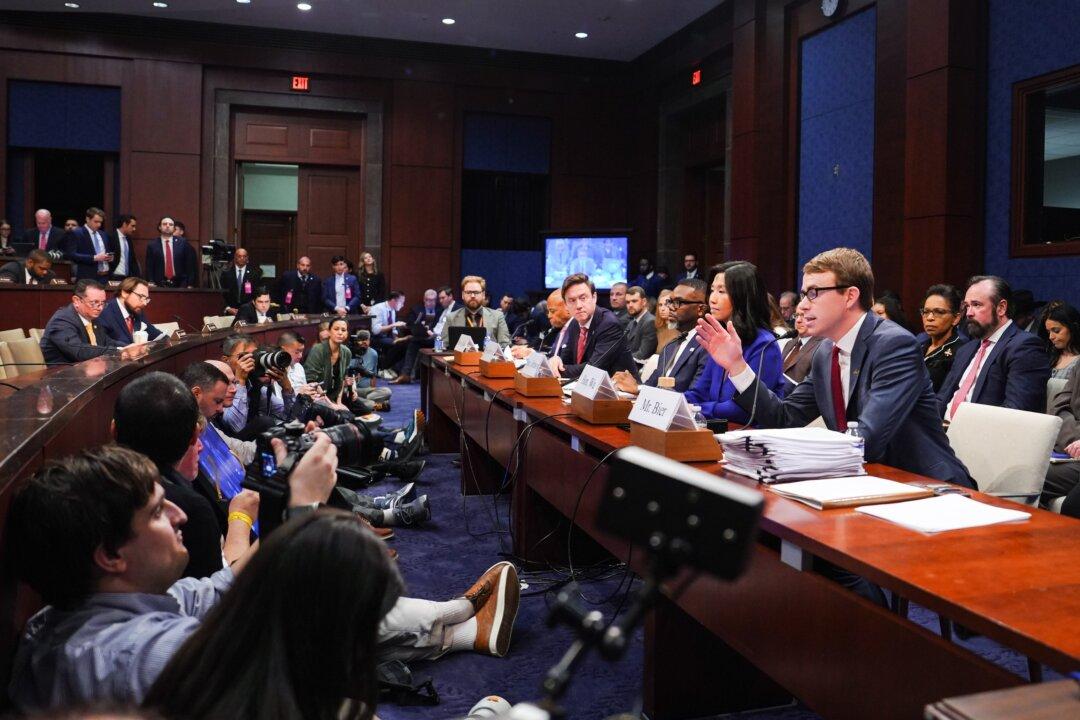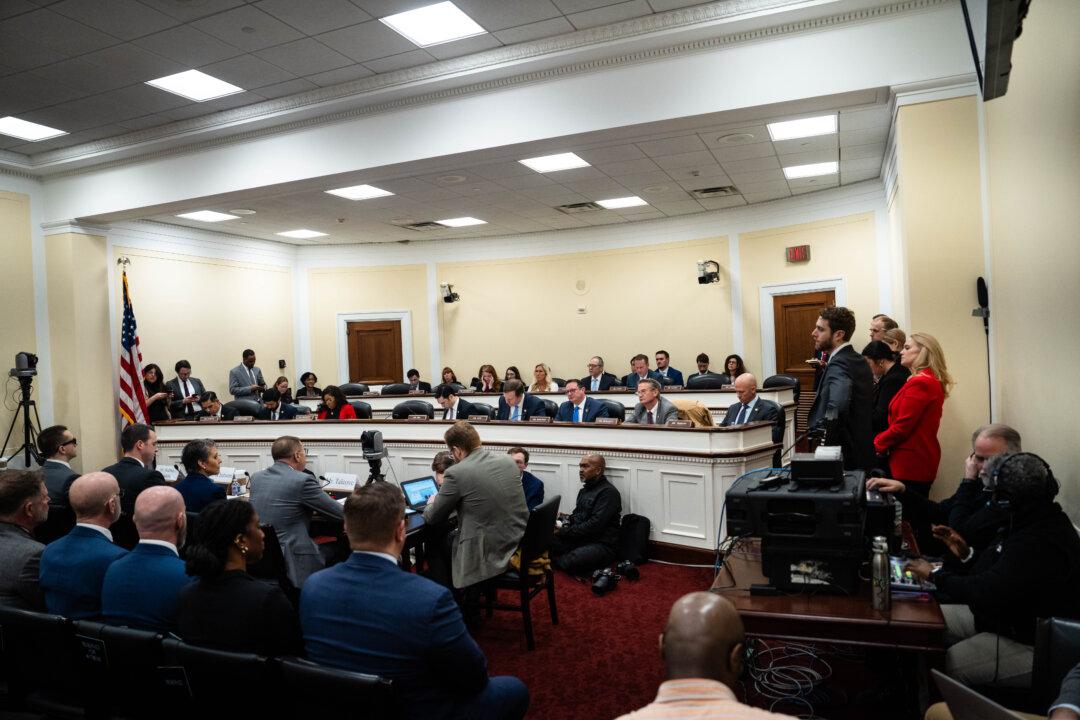WASHINGTON—A new report contains blunt warning signs of an approaching fiscal crisis in federal trust funds backing Social Security, Medicare, flood insurance, and many other programs, according to Senate Budget Committee Chairman Mike Enzi (R-Wyo.).
“The GAO’s new report is another warning sign that Social Security, Medicare, and other trust fund programs on which many Americans rely are in danger of going broke,” Enzi said Jan. 23 in releasing the Government Accounting Office (GAO) analysis.





